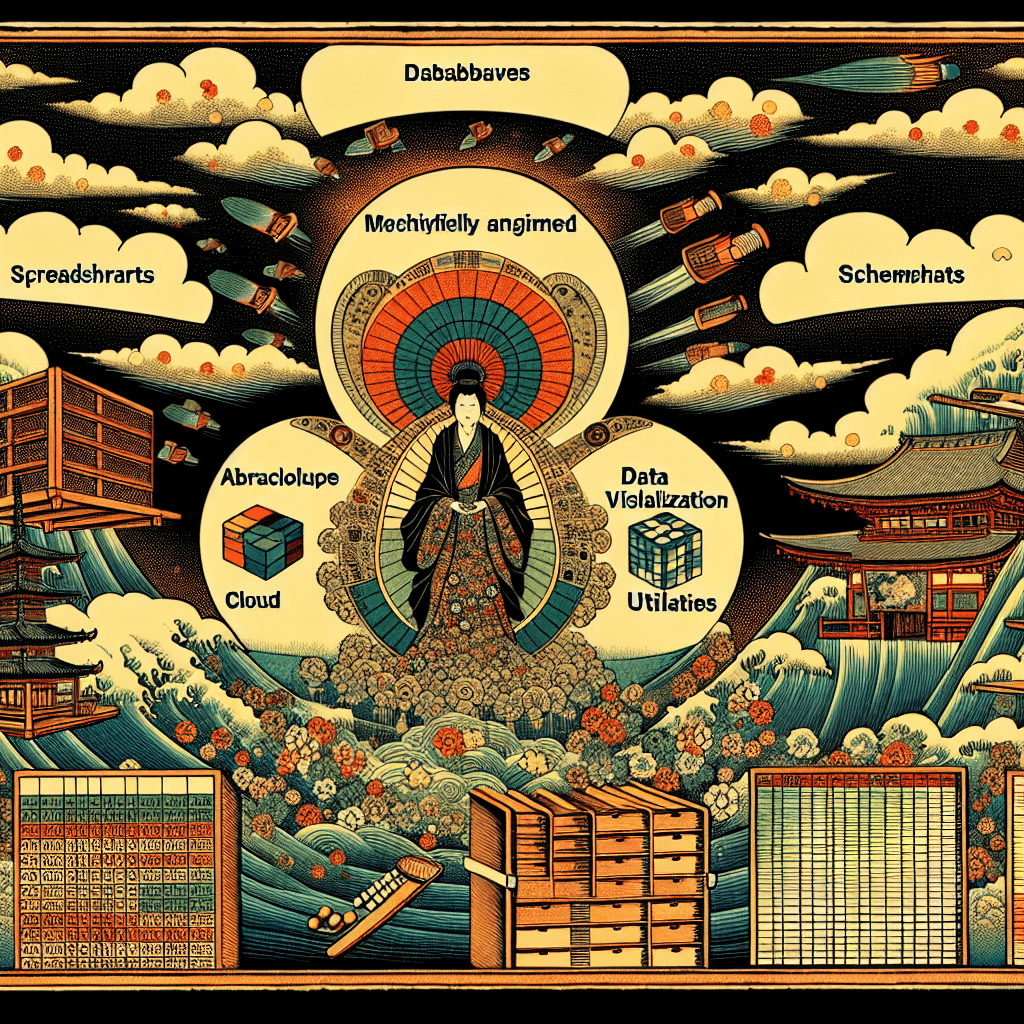Data Modeling, Access Control, and Auditing: A Simplified Approach
syndu | Oct. 1, 2023, 10:24 a.m.

Your problem seems to be a combination of data modeling, access control, and auditing. Let's break it down.
Data Modeling
You can represent your hierarchical data structure using a tree data structure. Each node in the tree can represent a container, and each container can have multiple child containers.
"Each node in the tree can represent a container, and each container can have multiple child containers."
Here's a simple example of how you might represent this in a programming language like Python:
class Container:
def __init__(self, name, parent=None):
self.name = name
self.parent = parent
self.children = []
def add_child(self, child):
self.children.append(child)
Access Control
For access control, you can add an access_control_list attribute to each container. This list can contain the users or groups that have access to the container. You can also add methods to add or remove users or groups from the access control list.
class Container:
# ...
def __init__(self, name, parent=None):
# ...
self.access_control_list = []
def add_to_acl(self, user_or_group):
self.access_control_list.append(user_or_group)
def remove_from_acl(self, user_or_group):
self.access_control_list.remove(user_or_group)
Auditing
For auditing, you can add a log attribute to each container. This log can contain a list of actions that have been performed on the container. You can also add a method to add an action to the log.
class Container:
# ...
def __init__(self, name, parent=None):
# ...
self.log = []
def add_to_log(self, action):
self.log.append(action)
This is a very simplified model and doesn't include many things you would need in a real system, such as error checking, handling concurrent access, etc. But it should give you a starting point for thinking about how to structure your system.



